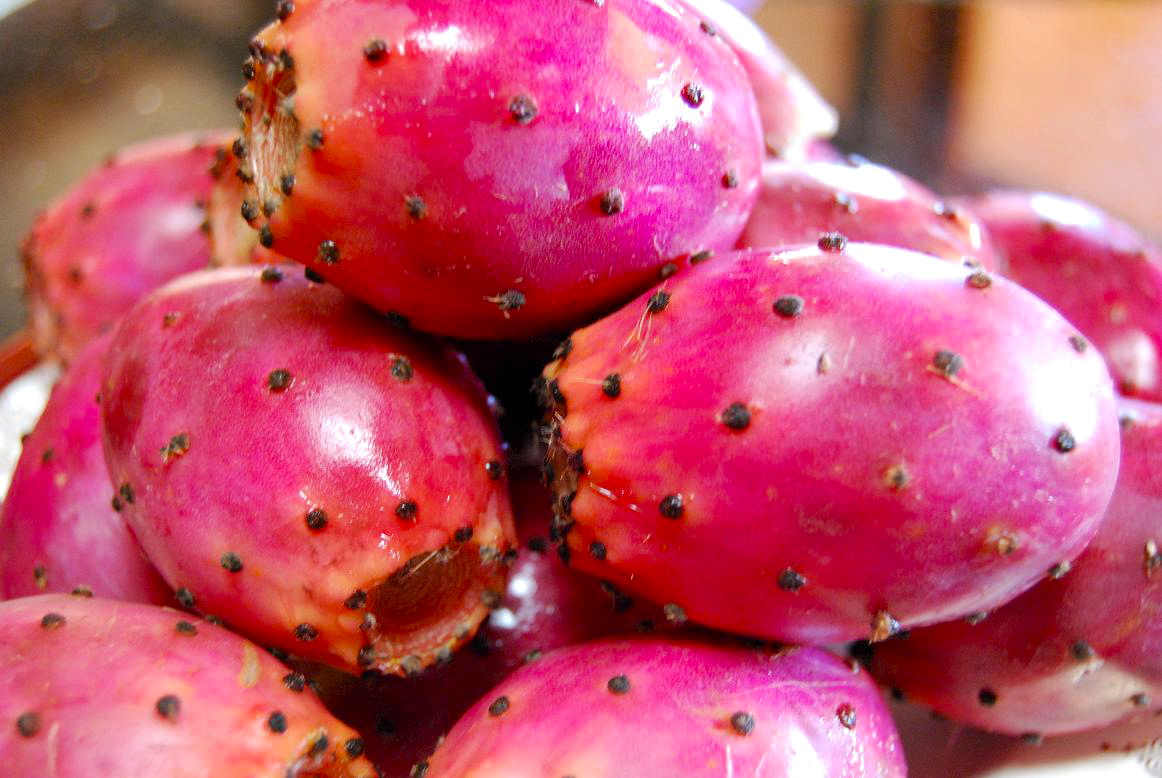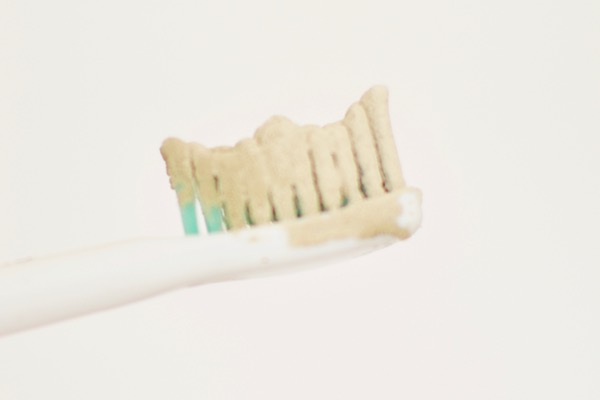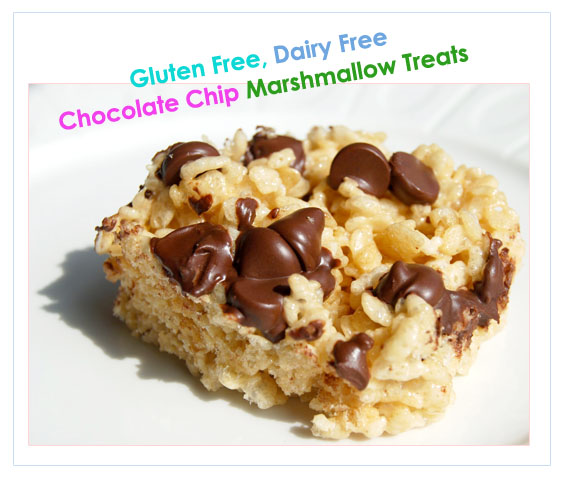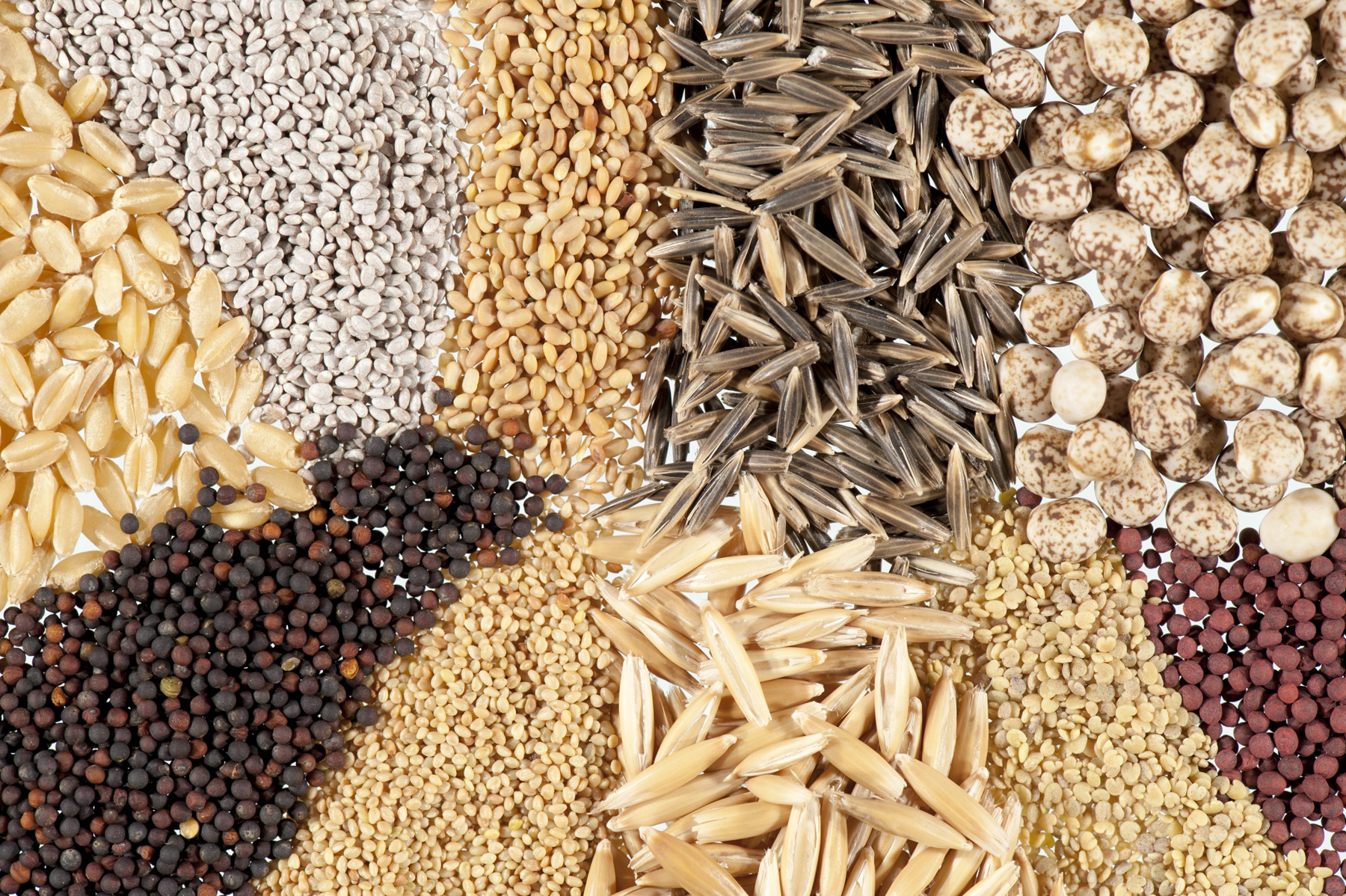As nutritious as they are delicious!
Prickly pears, or “tuna fruit” as they’re called in Mexico, are a truly amazing little fruit. They grow on cactuses, and they have been given the name prickly pears thanks to the spines and thorns that grow on their thick skin. Once you get to the soft fruit inside, however, you’ll find a delicacy that tastes like a cross between an apple, a pear, and a watermelon. There are MANY health benefits of prickly pear—here are just a few:
- More fiber – You’d be amazing by how much fiber you get from a single prickly pear: 4 grams of fiber per 103 grams of fruit. It’s not the highest-fiber food on the planet, but it’s still an excellent source of the fiber you need to be healthy. It’s loaded with both soluble and insoluble fiber, meaning it’s great for your digestive system.
- Decrease diabetes risk – Thanks to the pectin, lignin, and cellulose in the prickly pears, you can decrease your risk of developing diabetes. The fiber will control blood sugar levels and improve insulin control. Definitely a good fruit to eat to be healthy!
- Lower cholesterol – All dietary fiber is heart-smart, but the types of fiber in prickly pears (lignin, pectin, and cellulose) are particularly effective at preventing LDL cholesterol levels from getting too high. You can decrease cholesterol and prevent arterial stiffness thanks to this wonderful little fruit.

READ MORE: Can Fruit Help You Manage Diabetes?
- More Vitamin C – Vitamin C plays a vital role in many of your internal functions, from your immune system to your heart to your fat metabolism. Many of the health benefits of prickly pear are derived from its high Vitamin C content. You can encourage healthier bones, promote better heart health, and decrease oxidative stress in your body thanks to the Vitamin C you get from prickly pears.
- High antioxidant content – Did you know that prickly pears, especially the colored varieties, have a very high antioxidant content? You get betalains, polyphenols, and flavonoids from the pink prickly pears, leading to a decreased risk of cancer, macular degeneration, oxidative stress, and neurodegenerative diseases. The betalains in prickly pears can protect the walls of your arteries from oxidative damage, improve your heart health and decreasing your risk of cardiovascular disease.
- More calcium – Prickly pears are a great source of calcium, the nutrient your body needs in order to produce healthy bone tissue. At the same time, an increase in calcium will also decrease your risk of osteoporosis, hypertension, and high cholesterol. Prickly pears are an excellent vegetarian source of calcium, and they can be consumed in place of dairy products—perfect for the lactose-intolerant. A medium-sized prickly pear delivers roughly 6% of your calcium DV.
- Healthy sugar – One of the great things about fruit is that it contains a lot of healthy sugars that your body can easily break down, absorb, and utilize. Fruits are a healthy source of the sugar your body needs to produce energy. Prickly pears have a good deal of sugar, but also plenty of fiber to balance it out. You’ll find that eating a couple of prickly pears (they’re fairly small fruits) will give you a healthy dose of energy for your workout or to keep you going. At the same time, the fiber in the fruit will prevent the sugar from raising your blood glucose.
Prickly pears are amazing little fruits, and they offer a wide range of health benefits. They’re also wonderfully delicious! If you’re looking for a new fruit to eat, give prickly pears a try.








